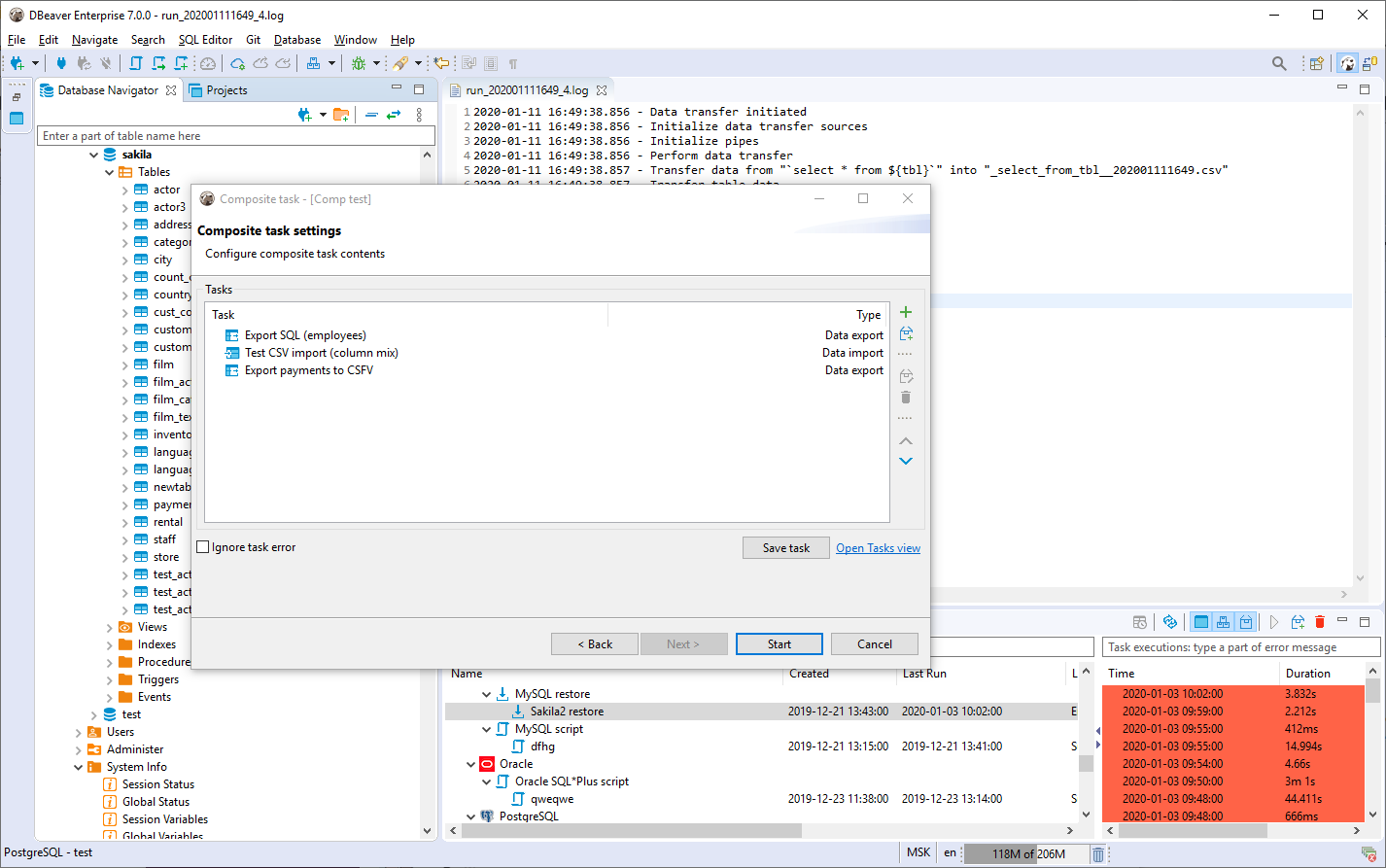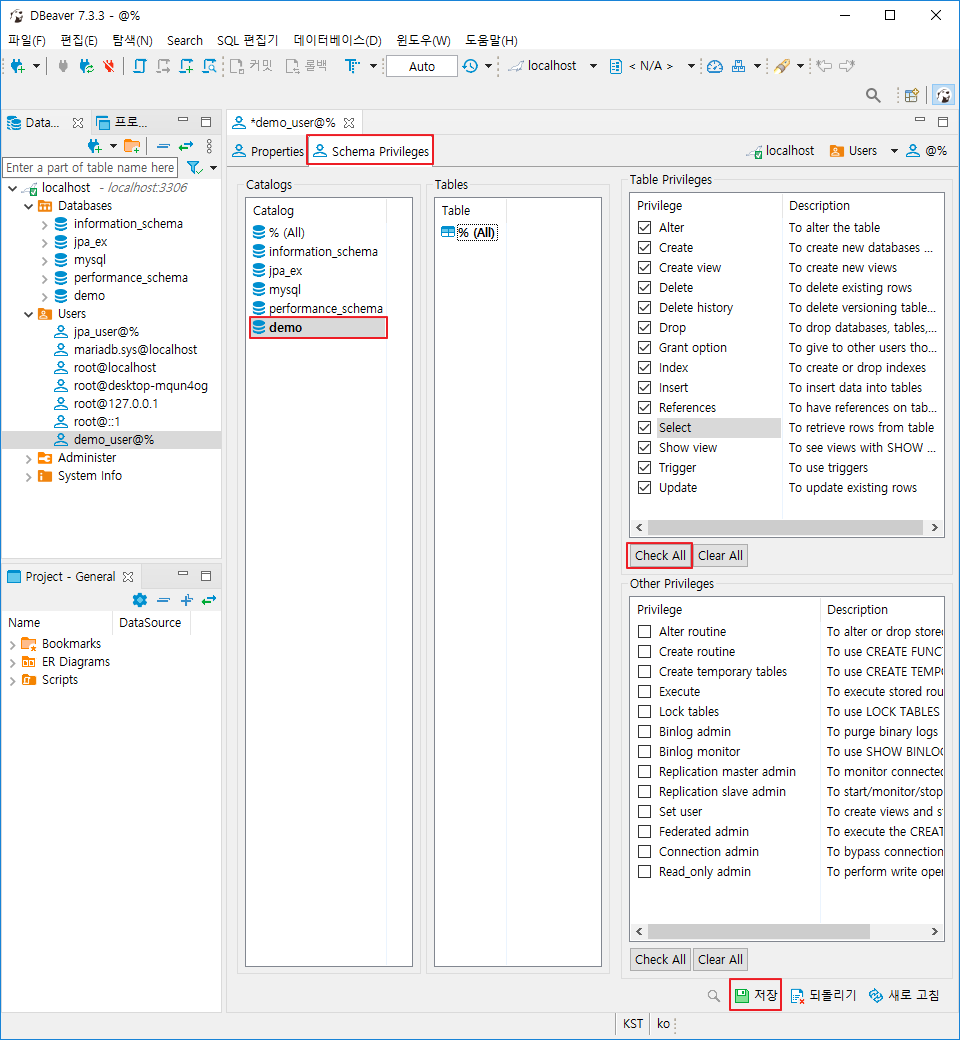

Generate a JSON file for the sample data.Click Finish to connect to the HANA Database.The Connection Settings should be matched with the information of the DB user:.New Database Connection (the + button on the top left) → HANA → Next.After creating a DB user in SAP Data Warehouse Cloud, you need to connect to HANA Database using this user.Connectivity with HANA Database in DBeaver.Set expose for consumption so that it can be seen in DBeaver. Then validate SQL to check if there is any error in the SQL statement.As sample data is just an exemplar of the actual data product so that the data consumer can get a glimpse of what contains in the data product, we only need to select the small amount (some rows) data from the original view which is used as a source for the data product.

Create a SQL view which consists of a small amount of data (e.g filter on 1000 rows) of the data product and can present how the data product looks like.As a result, the DB user setup can be done as following:

In this case, you only need to read the sample data views in DBeaver and then export it as a JSON file. In Space Management, you can create a DB user for data consumption and data ingestion.
As a first step, you need to have a database user (DB) in SAP Data Warehouse Cloud in order to connect to HANA Cloud in DBeaver. Setting up a database user in SAP Data Warehouse Cloud. The entire process of creating a sample data – from setup to HANA connection and a JSON file generation – including 5 steps with some additional explanations are following: The community version of DBeaver has advantages of free multi-platform database tool and supporting all popular databases such as MySQL, PostgreSQL, Oracle, SAP HANA etc. DBeaver is a SQL client software application that act as a general database engine for developers, SQL programmers, database administrators and analysts. If you need additional help, this link may be very useful.This blog post gives details on how to create a JSON sample file for a data product in the Data Marketplace of SAP Data Warehouse Cloud via a database tool DBeaver. Click Test tunnel configuration and Finish. Select your Private Key Select Private Key Change Authentication Method to Public Key.  On the SSH details menu (step 2), provide the password for your encrypted private key file. Use the same steps as Method 1, but adjust as follows: You can do it by opening Help/Install New Software… and typing the following link: Open installer Installing SSHJ from URL 2. If your server requires an openssh private key to login, follow the bellow steps: 1. Method 2: DBeaver with encrypted openssh private key file Now that DBeaver can connect via SSH, let’s go back to the General tab and fill in the database credentials: Database detailsĬlicking Test Connection, you should see a success message. You should see a success message if the details were correct. Fill SSH detailsįill details under the SSH tab, and click Test tunnel configuration. Create a new connectionĬreate a new connection by right clicking in your Database Navigator area. Method 1: DBeaver via SSH with plain password 1. This guide is created using DBeaver version 6.3. The connection configurations will be saved and you can re-use them by right-click + connect. Note that you only need to do these steps once. How awesome is that?īellow are the steps you can use to connect your DBeaver client to a remote database server via SSH. It comes with drivers for the most popular databases, including MySQL, PostgreSQL, SQLite and many others, meaning you can learn one tool and use it across projects built on different technology stacks. DBeaver is an awesome SQL client and database management tool.
On the SSH details menu (step 2), provide the password for your encrypted private key file. Use the same steps as Method 1, but adjust as follows: You can do it by opening Help/Install New Software… and typing the following link: Open installer Installing SSHJ from URL 2. If your server requires an openssh private key to login, follow the bellow steps: 1. Method 2: DBeaver with encrypted openssh private key file Now that DBeaver can connect via SSH, let’s go back to the General tab and fill in the database credentials: Database detailsĬlicking Test Connection, you should see a success message. You should see a success message if the details were correct. Fill SSH detailsįill details under the SSH tab, and click Test tunnel configuration. Create a new connectionĬreate a new connection by right clicking in your Database Navigator area. Method 1: DBeaver via SSH with plain password 1. This guide is created using DBeaver version 6.3. The connection configurations will be saved and you can re-use them by right-click + connect. Note that you only need to do these steps once. How awesome is that?īellow are the steps you can use to connect your DBeaver client to a remote database server via SSH. It comes with drivers for the most popular databases, including MySQL, PostgreSQL, SQLite and many others, meaning you can learn one tool and use it across projects built on different technology stacks. DBeaver is an awesome SQL client and database management tool.








 0 kommentar(er)
0 kommentar(er)
